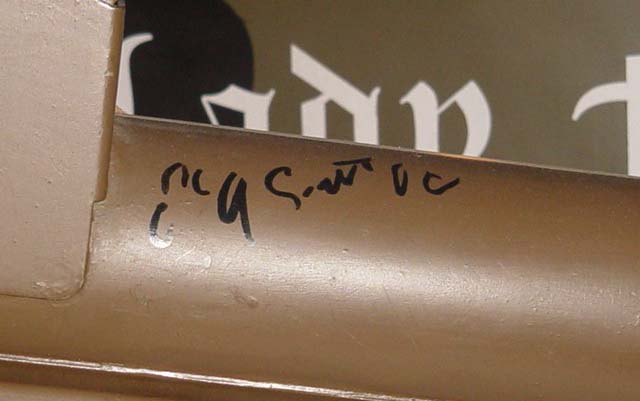
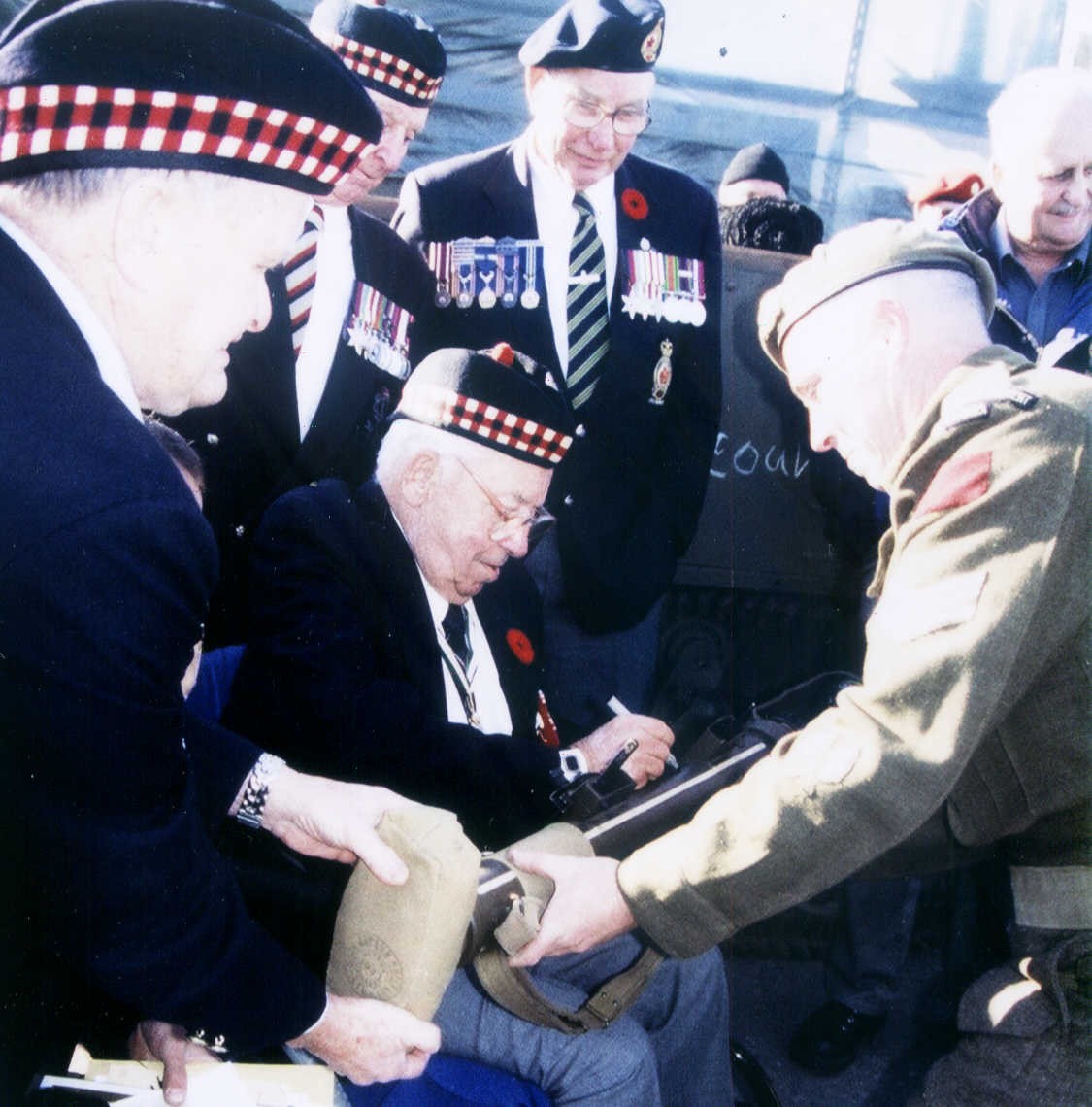
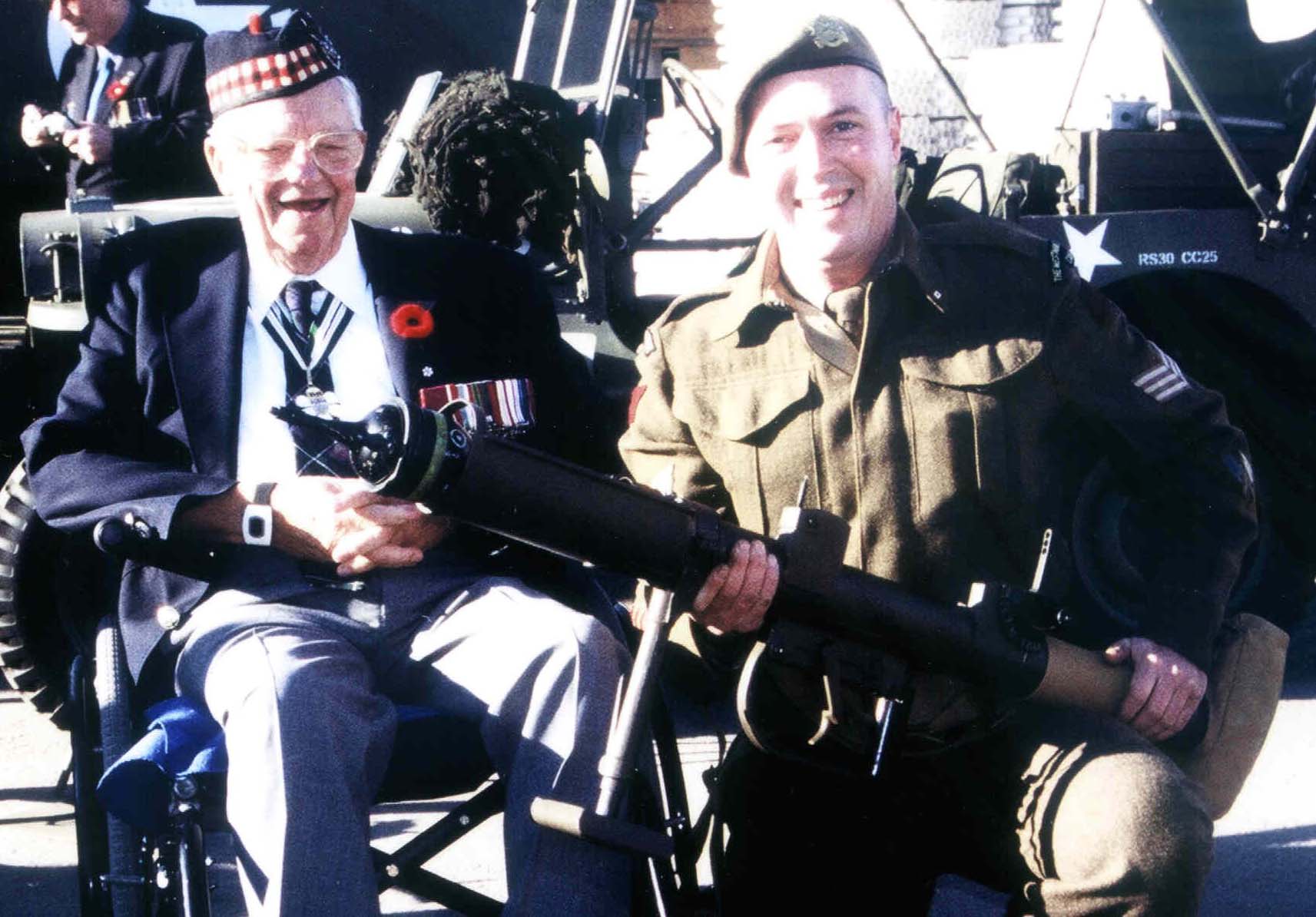
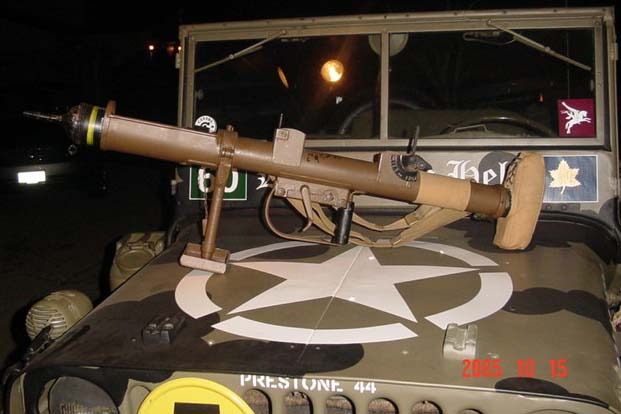
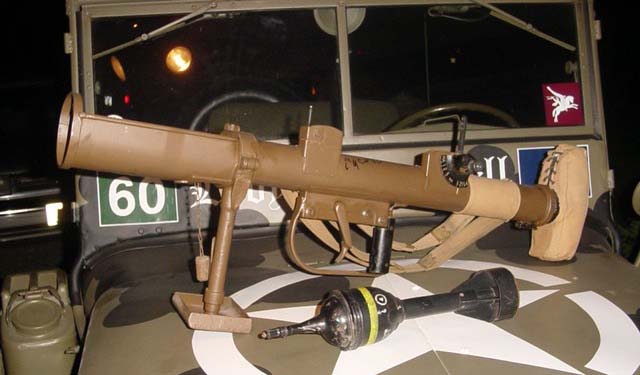
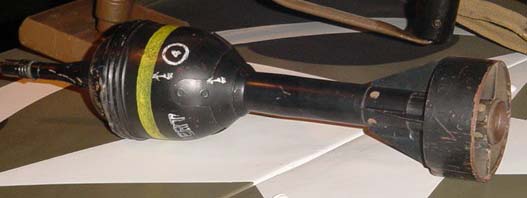
|
~SOLD~SMITH Ernest Alvia ("Smokey")
Here is an opportunity to own a unique piece of history. Up for sale is a WWII Piat autographed by Victoria Cross Winner “Smokey” Smith. The Piat is of original WWII manufacture, but has been repainted and the shoulder pad and band that goes around the PIAT are reproductions, the straps are 37 pat. .303 slings. The round is of course inert and dated 5/44.
The signing of the Piat took place in Maple Ridge in October of 2003, during a ceremony honouring the Veterans. Pictured is the owner having “Smokey” sign the Piat.
This is a one of a kind item!
Ernest Alvia ("Smokey") Smith, VC , CM , OBC, CD , (3 May 1914 – 3 August 2005) was a Canadian recipient of the Victoria Cross, the highest and most prestigious award for gallantry in the face of the enemy that can be awarded to British and Commonwealth forces. He was the last living Canadian recipient of the Victoria Cross
From the London Gazette, December 20, 1944:
In Italy on the night of 21st-22nd October 1944, a Canadian Infantry Brigade was ordered to establish a bridgehead across the Savio River. The Seaforth Highlanders of Canada were selected as the spearhead of the attack, and in weather most unfavourable to the operation they crossed the river and captured their objective in spite of strong opposition from the enemy.
Torrential rain had caused the Savio River to rise six feet in five hours, and as the soft vertical banks made it impossible to bridge the river no tanks or anti-tank guns could be taken across the raging stream to the support of the rifle companies.
As the right forward company was consolidating its objective it was suddenly counter-attacked by a troop of three Mark V Panther tanks supported by two self-propelled guns and about thirty infantry and the situation appeared hopeless.
Under heavy fire from the approaching enemy tanks, Private Smith, showing great initiative and inspiring leadership, led his P.I.A.T. Group of two men across an open field to a position from which the P.I.A.T. could best be employed. Leaving one man on the weapon, Private Smith crossed the road with a companion and obtained another P.I.A.T. Almost immediately an enemy tank came down the road firing its machine-guns along the line of the ditches. Private Smith's comrade was wounded. At a range of thirty feet and having to expose himself to the full view of the enemy, Private Smith fired the P.I.A.T. and hit the tank, putting it out of action. Ten German infantry immediately jumped off the back of the tank and charged him with Schmeissers and grenades. Without hesitation Private Smith moved out on the road and with his Tommy gun at point-blank range, killed four Germans and drove the remainder back. Almost immediately another tank opened fire and more enemy infantry closed in on Smith's position. Obtaining some abandoned Tommy gun magazines from a ditch, he steadfastly held his position, protecting his comrade and fighting the enemy with his Tommy gun until they finally gave up and withdrew in disorder.
One tank and both self-propelled guns had been destroyed by this time, but yet another tank swept the area with fire from a longer range. Private Smith, still showing utter contempt for enemy fire, helped his wounded friend to cover and obtained medical aid for him behind a nearby building. He then returned to his position beside the road to await the possibility of a further enemy attack.
No further immediate attack developed, and as a result the battalion was able to consolidate the bridgehead position so vital to the success of the whole operation, which led to the capture of San Giorgio Di Cesena and a further advance to the Ronco River.
Thus, by the dogged determination, outstanding devotion to duty and superb gallantry of this private soldier, his comrades were so inspired that the bridgehead was held firm against all enemy attacks, pending the arrival of tanks and anti-tank guns some hours later
PIAT
The PIAT, an acronym standing for Projector Infantry Anti-Tank, is a very interesting British design that uses an entirely different approach than the Bazooka/Panzerschreck or the Panzerfaust. Indeed, it is rather a projector than a rocket launcher. When Britain entered WW II, their infantry was only equipped with the Boys AT rifle that was obviously unfit for its job of defeating enemy armor. The British realized that the usual cartridge projectile ammunition fired by tank rifles, no matter how high the muzzle velocity was, would not suffice. The engineers Jeffries and Wallis developed experimental new weapons apart from each other. Both fired projectiles with shaped-charge warheads. Out of combination of these two weapons the PIAT was born.
The PIAT was made of low-quality metal and was machined very poorly. The parts were stamped, riveted and welded. The very rugged construction fired its shaped-charge warhead essentially like an oversized spring-loaded crossbow.
The weapon with a weight (empty) of 14.5kg and a total length (incl. warhead) of 99.1cm consists of a sheet metal tube with a diameter of 7.6cm and a length of 61cm. On the forward end a construction with a length of 25.4cm diameter accepts the warhead, on the rear end a T - piece padded with canvas is used as a shoulder piece. The sights are located on the upper tube. They can be adjusted to 70yds or 100yds distance. A single strut is screwed into the barrel as support.
The weapon fired a fin-stabilized shaped-charge projectile with a length of 38cm, a caliber of 8.9cm and weight of 1.13kg. HE-Shrapnel and smoke warheads were also available. The projectile can not be inserted into the forward part of the weapon before the spring has been loaded. The latter is a very tedious process: not only does the very strong spring need a loading force of 90kg, but also has to be loaded with a certain technique. Therefore, the weapon can only be loaded by very strong and trained personnel. Loading in a prone position is out of question: With the tube between the legs and standing on the T-piece with the feet, the gunner grabs the tube at the trigger pistol grip and turns it counterclockwise while at the same time pulling it up until he hears the cocked spring lock with a loud click.
Firing the weapon is no less of a problem: the trigger can only be pulled using all four fingers. Then the firing pin hits the projectile in its rear, where a small charge of propellant is detonated. The latter makes for recoil that will cock the spring automatically for the next shot - if the gunner can't take that recoil - which was reportedly too seldom - he will have to load the weapon again in the way described above. The projectile leaves the weapon at a Vo of 135m/s but accelerates in flight. Tanks could be attacked at ranges up to 100yd., larger targets like houses at larger distances of 300m and more.
Another major problem was the ammunition itself. The fuse of the warheads had a bad habit of prematurely detonating. In fact, the handling of the ammunition was considered so dangerous that immediately after the war any and all practice firing of the weapon was strictly prohibited, although the weapons themselves officially remained in service until 1951.
Price: $0.00
Please contact us before ordering to confirm availability and shipping costs.
Buy now with your credit card
other ways to buy
|


